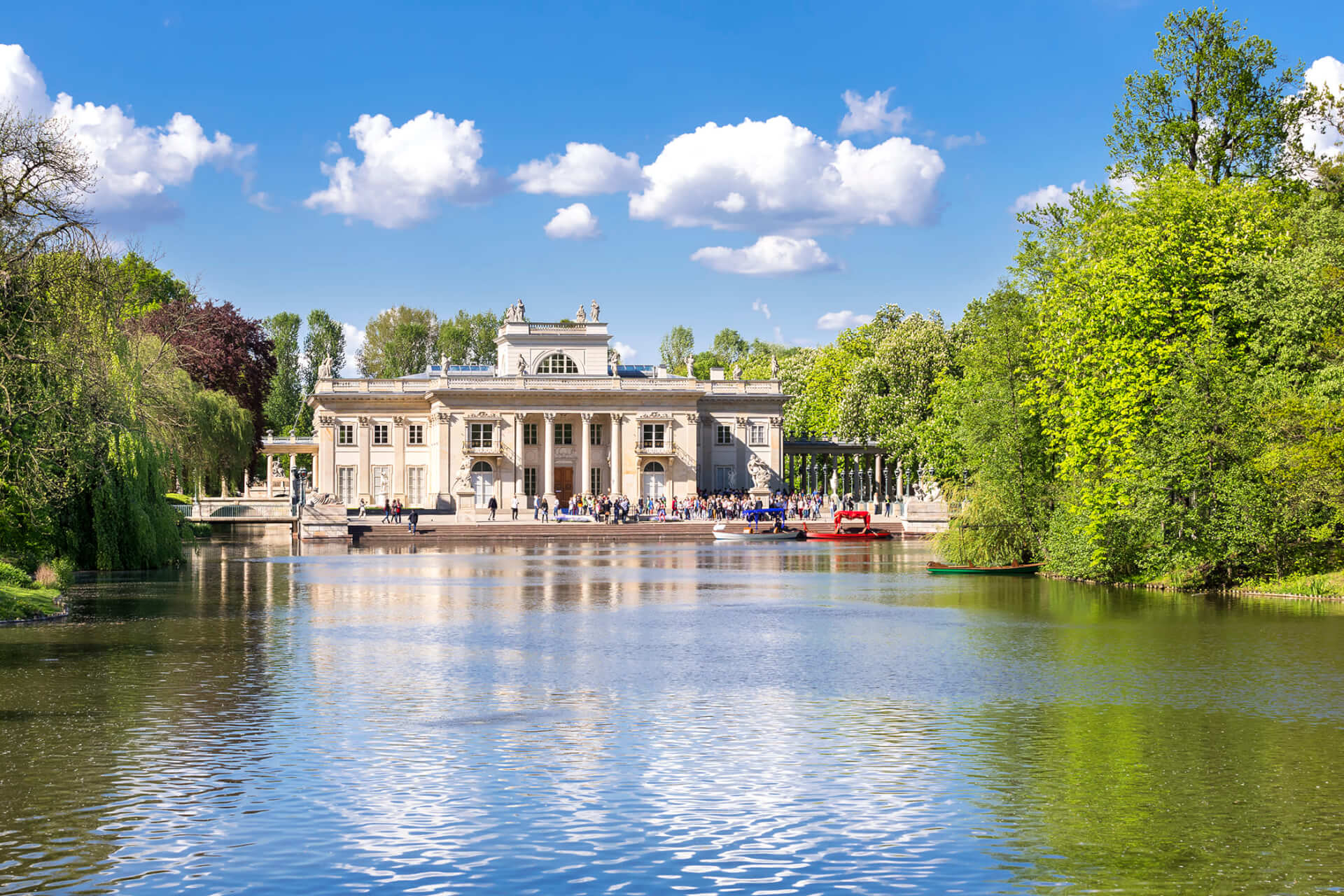
- This event has passed.

Natural collections in Royal Residences
26 October 2023 - 27 October 2023
Natural collections in Royal Residences
Natural history collections, consisting among others of taxidermy, horns and antlers, are integral to many museum exhibitions, although, which is not surprising, they are mainly associated with natural history museums. Their origin should be sought, among others, in the kunstkamers created in the 16th and 17th centuries, which are cabinets of art and curiosities, which housed both natural and man-made things. It is from these that today’s museums have evolved. The owners of kunstkamers were passionate scientists, collectors and thinkers, including rulers. Ferdinand I, Ferdinand II, Albert V, Rudolf II and Peter I the Great could claim they had them.
Prepared animal skins and hunting trophies, in the form of antlers and horns, were often part of the interior decoration of royal residences, proving that hunting was not only a valued pastime at the court, but also an opportunity to prove hunting skills, strength, dexterity and power. The rulers were keen to enjoy the privilege of hunting ‘big game’, i.e. auroch, bison, bear, deer and wild boar, and were equally keen to display their trophies in the interiors of their residences or hunting lodges, which were used both for rest from their monarchical duties and integration of European royal families.
Today, such exhibits may seem somewhat outdated. They also raise questions about the moral side of acquisition of the objects, especially nowadays, when people are trying to fight mass extinction of species and take care of biodiversity. Museum staff sometimes answer questions about how an animal could be slaughtered in order to become an exhibit, even though the animals, which are part of hunting-themed exhibitions, were hunted (often centuries ago) for consumption, and game dishes are an integral part of the culinary traditions of many nations.
Furthermore, one of the main objectives of these museums is to preserve the knowledge of disappearing species, but also of the hunting culture, for future generations. Historical museums are some sort of time capsules that protect different aspects of the past. A long and rich hunting tradition is also part of it, so are taxidermied animals or antlers. It should not be forgotten that exhibits of this type are irreplaceable teaching aids for natural and environmental museum education. The current challenges of museum professionals include making audiences aware of the importance of natural collections both for knowing and understanding the past and for discussing the present and shaping the future.
However, the natural collections displayed in the royal residences seem to reach beyond the objects collected in the interiors to include, in a way, the natural surroundings that are part of the historic complexes. Castles and palaces are often surrounded by collections of plants and species, preserved or reconstructed through the efforts of naturalists and museum professionals, and historically associated with the sites. In some residences, apart from gardens, there were preserved fragments of former hunting grounds, that is royal gardens, have been preserved, where the idea of the sovereign’s dominion over wildlife and the care of the subject people was realised. They hunted, but also admired the animals that lived there. In many royal residences, the palace, garden and the hunting grounds formed a single spatial composition. For the ruler, they were a place of recreation, aesthetic experiences, but also a testament to prestige and power.

